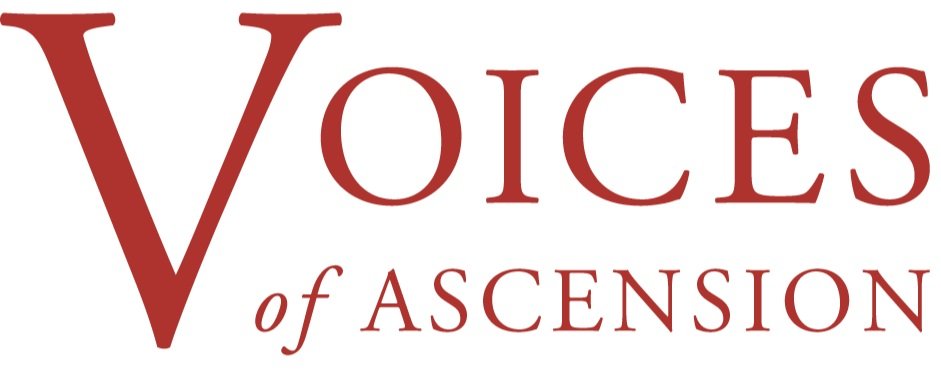Voices of Connection: 12/08 Britten: Procession and Wolcum Yole!
I first performed Britten’s Ceremony of Carols at a summer camp run by the San Francisco Chinese Children’s Chorus that I attended as a boy soprano. The camp was about what you’d expect from the name--a bunch of mostly Asian-American kids, not a few Hapas like my sister and me, and a sprinkling of white kids and other ethnicities, doing a bunch of singing together in the hills just outside the San Francisco Bay Area (plus some regular outdoorsy summer-camp stuff). The director was a middle-aged man, and my first male chorus director, and his rendition of the opening “Hodie” was delivered in a ringing clear falsetto. He was just giving us demonstrations of how he wanted us to sing, but the idea of an adult man singing in that register planted in my mind played no small part in setting me on the path to my years as a professional countertenor.
It’s an appropriate enough inspiration, given Britten’s close association with countertenors, and male voices in general, but the first performance of Ceremony of Carols (for harp and three-part treble-voice chorus) was given by the Fleet Street Choir, a group of adult women. The opening processional, which was actually added later, starts with an authentic piece of Gregorian Chant dating back to the middle ages, with an Alleluia written by Britten in the same style. The chorus immediately enters, joined by the harp, in the lively “Wolcum Yole.” The text, in Middle English, welcomes a variety of guests to a Christmas feast. Britten composed most of Ceremony of Carols while on a transatlantic voyage, and it’s easy to imagine in this movement the inspiration of lapping waves, or even a bit of a sea shanty. – Wesley Chinn
BENJAMIN BRITTEN Procession and Wolcum Yole! from A Ceremony of Carols
Voices of Ascension
Dennis Keene, Artistic Director
Recorded live at the CANDLELIGHT CHRISTMAS CONCERT
Wednesday, December 17, 2019, The Church of the Ascension, New York City
The singers in this performance are represented by the
American Guild of Musical Artists, AFL-CIO.
